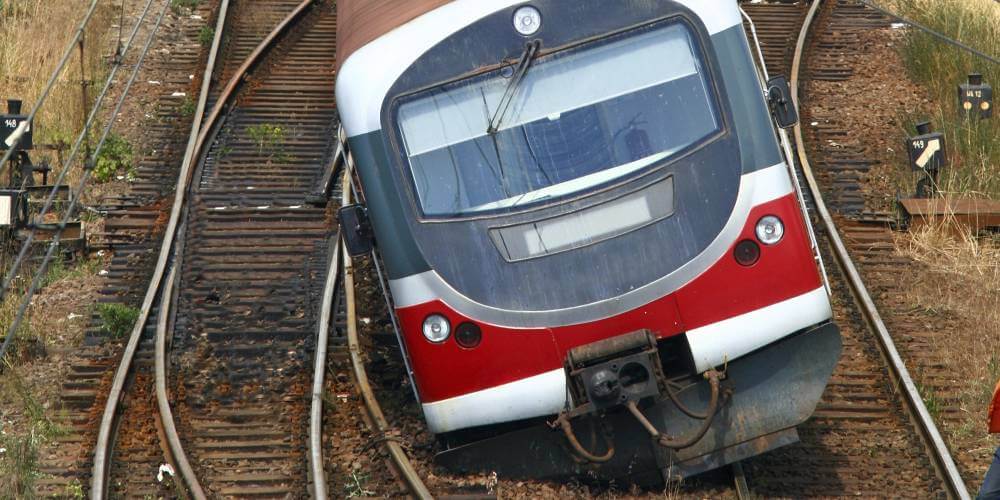Chicago has long been a crucial railroad hub in the Midwest, and the city’s rapid development is wedded to the business that came via train. Unfortunately, the cost of progress can be high. While train accidents may not be as common as they were in the 19th century, when rails dominated parts of the city, crashes can still result in severe injuries and fatalities. The risk for harm rises when trains that carry dangerous chemicals derail, spilling their cargo.
At the present time, the top dangerous chemical shipped by rail in terms of volume is ethanol. Almost all of our nation’s ethanol supply travels in tanker cars known as DOT-111s, and as the amount of the highly flammable liquid used in gasoline continues to rise, rail shipments will also grow. That has some people, including investigators at the National Transportation Safety Board, concerned.
The DOT-111 design has been in service for decades, but it has problems that can be quickly exposed in a train accident. The NTSB has found that its steel skin can tear open during a derailment or accident, and the ends of the cars are particularly susceptible to developing a breach. A failure of the car’s exterior walls can be devastating when they are carrying ethanol, as shown in a 2009 derailment in Rockford, Illinois.
In that crash, 19 ethanol-carrying cars leaped the tracks. Of the cars that derailed, 13 spilled their contents and caused a searing fireball that, at a distance of 20 miles, cast as much light as the sun rising over the horizon. One woman was killed in the accident, a pregnant woman lost her fetus and 11 others suffered injuries.
There is a movement towards making the DOT-111 safer, however. Rail cars built after late 2011 have thicker and more resilient walls, in addition to other safety measures, but the rail industry has not committed to making improvements for tankers manufactured before that date. They are resisting retrofitting measures that would cost at least $1 billion, but the NTSB has proposed regulations that would require rail and chemical companies to either improve older tankers or retire them.
Source: Bloomberg Businessweek, “Common type of rail car has dangerous design flaw,” Jason Keyser, Sept. 12, 2012

